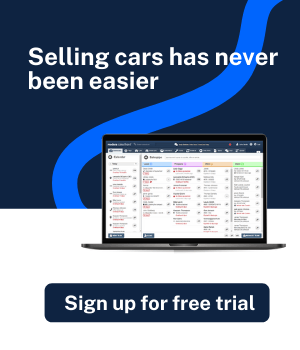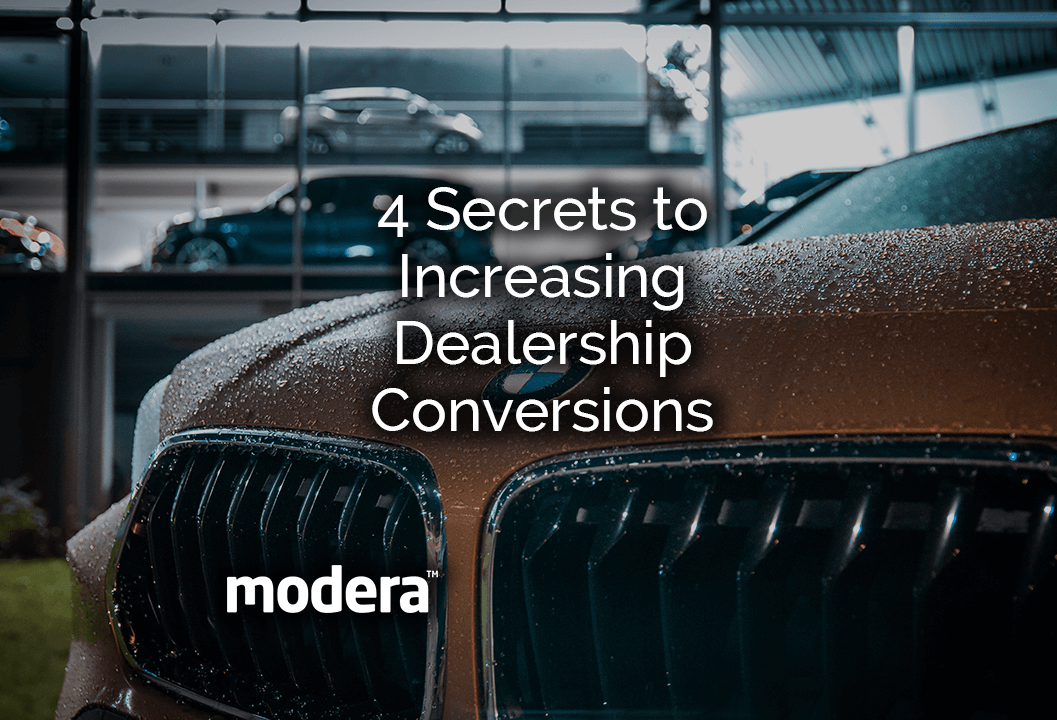
The industry benchmarks for auto retailers’ conversion rates are close to 10%, but large variations are attributed towards lead source, dealer brand, process, and other issues. While some of these factors lie outside of dealerships’ control, dealers have many options available to positively impact dealership lead conversion rates.
So why is the number of dealership conversions really dismal?
One of the major reasons is that salespeople often fail to follow up on leads. They feel the customer didn’t “seem interested in the vehicle”, and thus avoid calling or mailing them. This is how lead leakage occurs. Another issue is when customers visit a dealership, the lack of transparency and pressure tactics often drive them away. Nowadays, with customers test driving fewer vehicles, dealerships aren’t enhancing customer experience to overcome the drop in traffic.
Here are a few secrets to increase dealership conversions
1. Make test driving more convenient
Once a lead is identified, the biggest hurdle is to convince the customer to make an appointment and show up at the dealership. Even if we are gradually headed towards recovery from the Covid-19 pandemic, people are still wary of actually going to a dealership for a test drive.
It is imperative that dealerships identify ways to reduce the inconvenience of taking a test drive, which can be time-consuming for customers. Remember, they have less time than ever to spend shopping for a vehicle. Some strategies to consider would be having a customer’s vehicle of interest ready to go when they arrive. If possible, the vehicle can be taken to their home as well. Proper social distancing measures have to be implemented – dealerships should space out appointments to prevent crowding.
Millenials consider a virtual test drive to be a good enough replacement for a real one. So dealerships should offer virtual test drives on their websites as a potential intermediate step before a customer opts for the real experience.
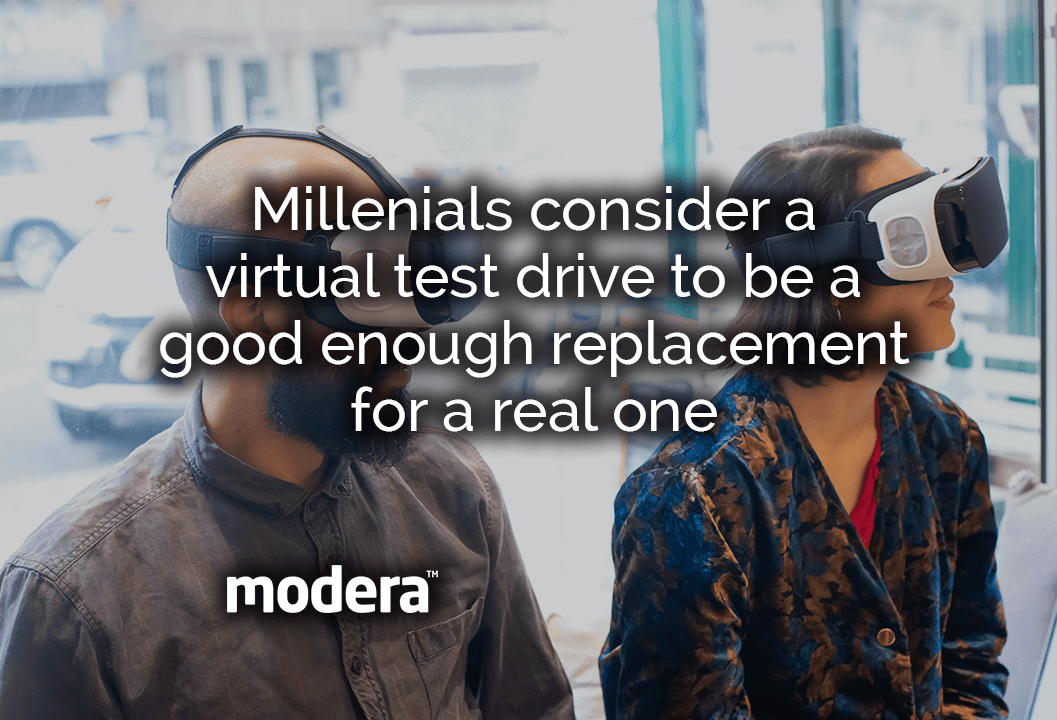
2. Understand what motivates buyers
Every car buyer has their own unique reason and backstory for purchasing a vehicle. Some reasons why people buy a car from a particular dealership include:
- True value for the money
- Wide range of vehicle makes and models
- Ease of purchase experience
- Quality of salespeople
- Convenient location
Similarly, the reasons buyers often pass up on a sale are:
- The prices are too high
- They plan to switch to another brand.
- Dealership is too far from their area of residence.
- Unnecessary pestering and grilling by sales staff.
- Paperwork taking too long.
When you understand these motivations, it helps salespeople in your dealership to register a better first impression. Skilled salespeople explain the value proposition of a vehicle rather than just quote the price. It is imperative that salespeople share the value proposition of the dealership, and then take steps to alleviate the length and pressure of the sales process which increases the chances of conversion.
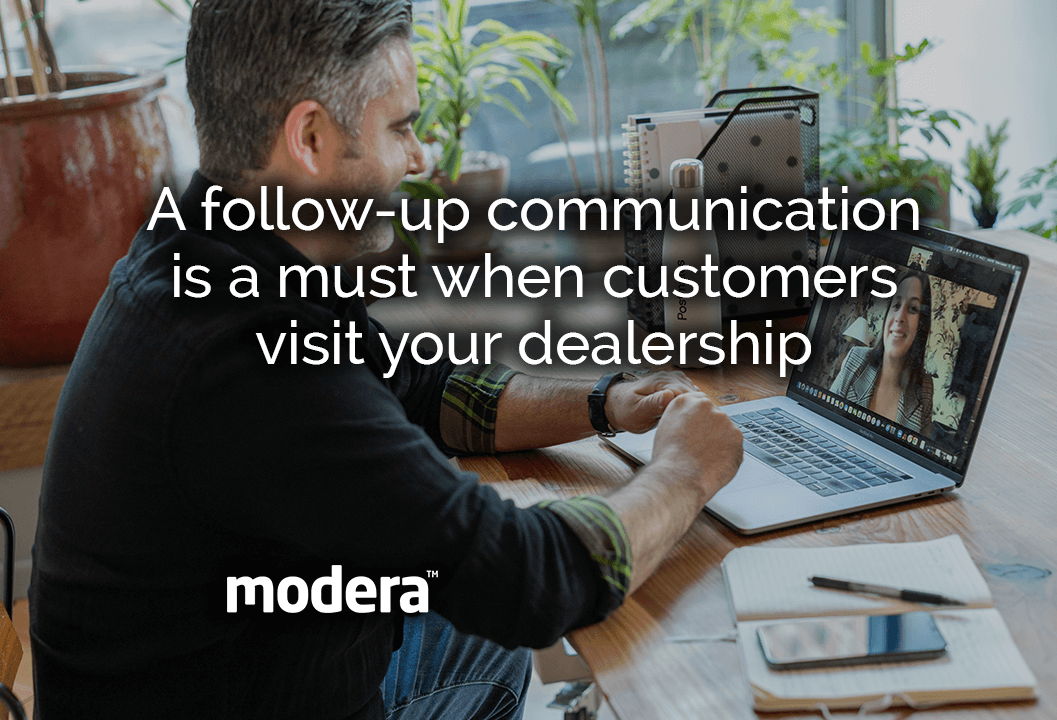
3. Don’t skimp on follow-ups
Third secret how to increase dealeship conversions is a simple habit that needs to be implemented to the sales team.
A follow-up communication is a must when customers visit your dealership. Just because you didn’t “feel the vibe” from a customer, doesn’t mean you don’t contact them at all. Follow-up has a significant impact on a consumer’s decision to purchase. A certain percentage of customers will surely purchase from your dealership after a follow-up. It shows that you actually care about your customers’ specific needs.
To improve follow-up, dealers need to emphasize training, process consistency and accountability. Dealers also need reliable back-up systems to contact customers when sales associates are too busy to follow up. That is why; you need an automotive CRM like Modera Salesfront. It helps to keep tabs on incoming leads, and filters them accordingly, so leads can be segregated and assigned to different members of the sales team.
Follow-up alerts are generated so that lucrative leads don’t slip through the cracks. The software also lets you plan daily tasks, keep tabs on team performance, operate price leads, complete pending jobs, and much more. Using Modera Salesfront, you can share specific information with your team. Gathering personal information like lifestyle, habits, interests, etc. can help build a profile and create a relationship with the customer.
4. Stick to customers’ preferred communication channels
While follow-up is crucial, one the best ways to communicate with a customer is to use a channel they are comfortable with. Salespeople often use their own favored method for contacting a customer, such as calling on the phone, instead of the customers’ preferred communication channel.
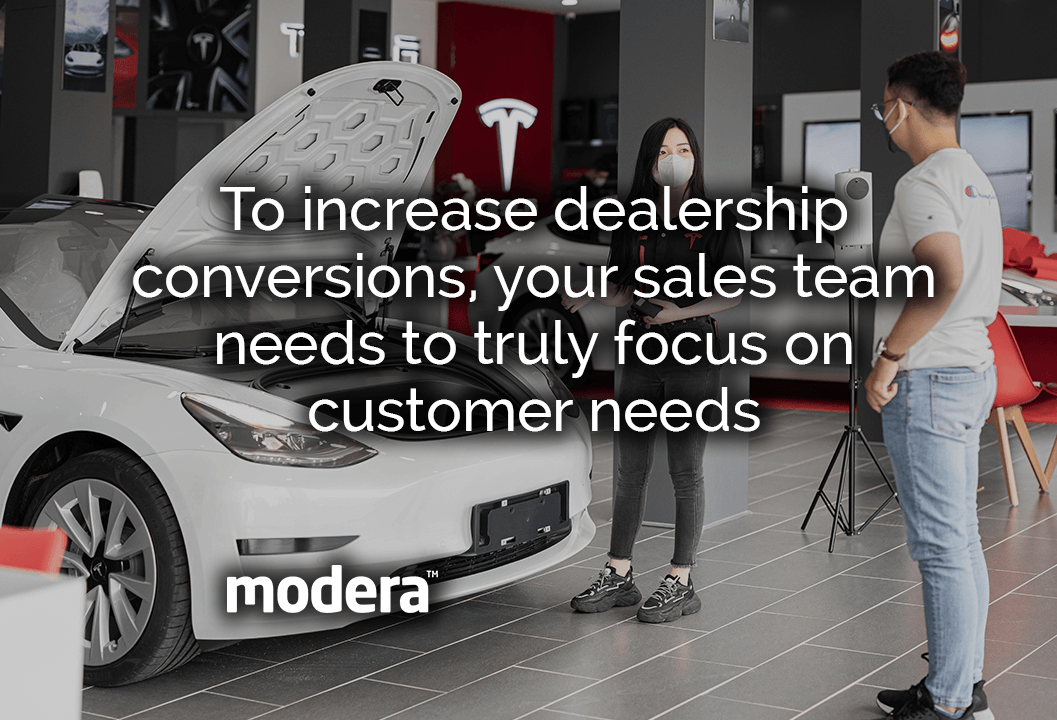
A recent study says that the majority of customers who visit a dealership prefer their follow-up to be in the form of an email or phone call. Preferences differ somewhat between generations, with boomers preferring phone calls and younger generations split between phone calls and email.
Using an automotive CRM lets salespeople enter a preferred method of communication. Be it email, text, phone, or “no preference”, it hardly takes a few seconds to pull up a customer record and note the preference before reaching out. This demonstrates a show of respect, and greatly increases the likelihood of a response.
To increase dealership conversions, your sales team needs to truly focus on customer needs, build a rapport, and explain the value proposition of the dealership. Using an automotive CRM helps to automate processes and reports. It clearly shows when the customer was contacted, which processes have been completed, why the sale is being delayed, etc. It is a guide to convert a promising lead into a successful sale.
